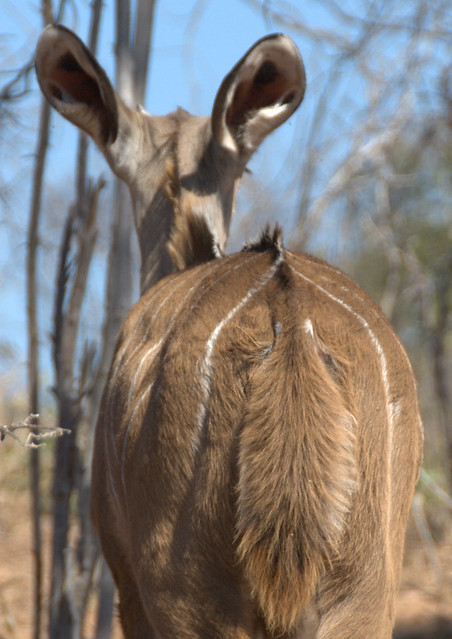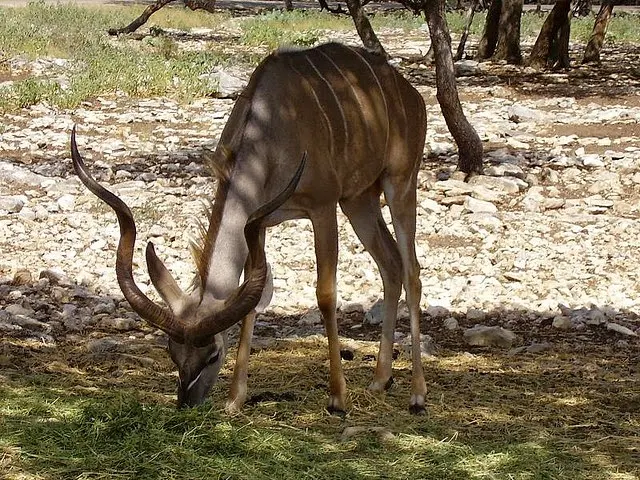South African Kudu Poop Spitting Sport

South African Kudu Poop Spitting Sport In Africa
There are plenty of ordinary sports in the world, but sometimes you need to look at the not-so-ordinary such as Bokdrol Spoeg or Kudu Dung Spitting.
When someone says they are a sports fan, it is presumed they enjoy watching or playing football, baseball, basketball, or other popular sports. Yet, many sports are out of the ordinary; the world is full of sporting events that most people consider odd but very popular.In fact, when ESPN began in 1979, the Slo-Pitch softball World Series game featuring the Kentucky Bourbons vs. the Milwaukee Schlitz was the highlight game of the week. Munster Hurling and Irish Cycling were also ESPN's opening weekend sporting events. Bokdrol Spoeg would have fit nicely in the early days of ESPN’s lineup.
Bokdrol Spoeg, or Kudu Dung Spitting, is a sport practiced by the Afrikaner community in South Africa. Bokdrol Spoeg is a traditional indigenous South African sport of spitting antelope droppings.
Yes, antelope droppings. The object of the competition is to spit the small hard dropping of the Greater Kudu antelope poop the furthest distance. The person who spits the antelope dropping the farthest wins. There is a skill in choosing the right texture of poop to spit; the harder the poop, the further the poop travels when expelled.
Legend has it Bokdrol Spoeg began when South African hunters who failed to catch a Kudu antelope would take their dried poop and spit them as far as possible toward their departing meal. Nevertheless, no matter what others may think of Bokdrol Spoeg, the participants in the competitions continue to develop their skills for the thrill of competition and the love of their traditional sport.
Will we see this sport in the Olympics? My guess is not anytime soon, but the first gold medal would definitely be awarded to South Africa.
Before you judge odd sports, Brunsbuettel, a town in northern Germany, hosts the Mudflat Olympics or Wattoluempiade every year. Competitors battle playing football, volleyball, and other sports deep in thick mud.
Camel wrestling, or Turkish deve güreşi has been a Middle Eastern sport for many centuries where two male camels wrestle after being enticed by a female camel.
We cannot forget the World Worm Charming Championship in the small village of Willaston near Nantwich in England. The goal is to charm worms from the soil using only vibrations within the allotted 30 minutes. The existing record of worm charming listed in the Guinness World Records is 567 worms.
 |
|
Did you know? There is a yearly competition held in South Africa for Bokdrol Spoeg. C'est la vie! To each their own! |


